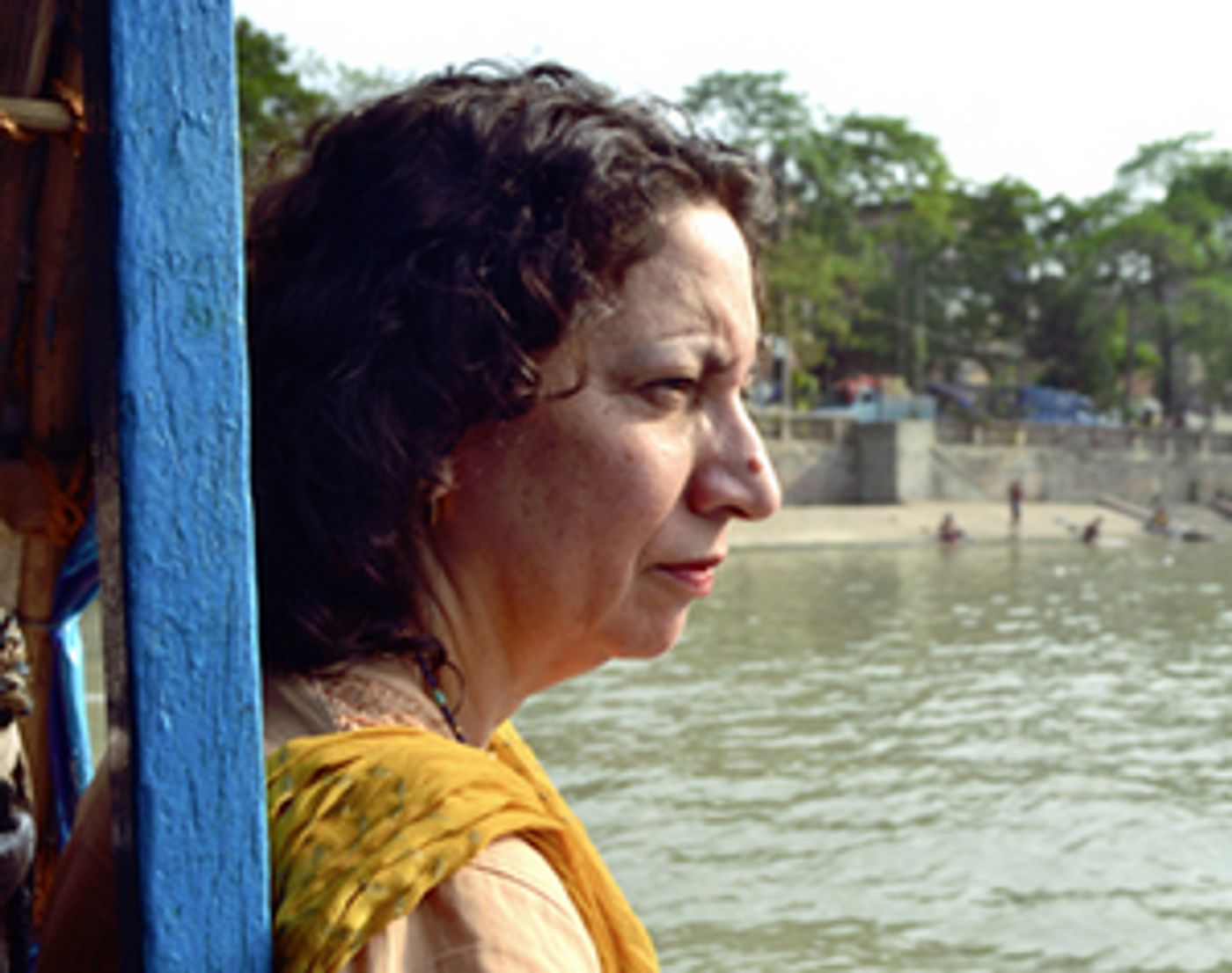Review: DOCUMENTARY HIGHLIGHTS at The Roxbury International Film Festival
Screenings through June 26
 The Roxbury International Film Festival, New England's largest film festival celebrating works by and about people of color is happening through June 26 with in-person screenings, online viewing options, and plenty of exciting events. I was able to catch three of the documentary highlights from this year's festival.
The Roxbury International Film Festival, New England's largest film festival celebrating works by and about people of color is happening through June 26 with in-person screenings, online viewing options, and plenty of exciting events. I was able to catch three of the documentary highlights from this year's festival.
The Bengali, a film by Kavery Kaul offers a poultice for those of us weary from sensationalist Netflix miniseries which elucidate the inner workings of a serial killer's mind or take us into the cages of a questionable tiger refuge. The arch of the film slowly forms- Fatima, a woman with mixed Black and Indian heritage who grew up in New Orleans journeys to India to find her grandfather's village and learn what parts of her family's history are true and which parts are fictitious embellishments of oral traditions. Kaul brings a careful reverence to her varied framings of New Orleans- present day and at the turn of the century- and the realities of both urban and rural India. The result is a broadly-brushed watercolor landscape of little-discussed history which coaxes audiences into the story. We feel for Fatima as her frustrations rise, we come to love and admire her family in New Orleans and those she meets on her journey across the world. The whole thing is bursting with heart.
"It's not a strange story," explained Kaul over the phone, "but it is a special story. I was curious why this grandfather meant so much to this family. People have family members from all over the world! But (Fatima's family) grew up in a segregated world, so they fixated on someone who came from elsewhere. He was mythical, a legend, because he was from a different kind of world."
In addition to sumptuous yet beautifully hazy animations by Maya Edelman which maintain a colorful cohesiveness within the narrative where archival footage may fall flat, Nainita Desai has composed a brilliant score which fuses the sounds of two different worlds perfectly. The final image of the film, in which Fatima leads a line of villagers in a Second Line-esque dance against a pastel colored sky, seems to supply the visual match to the swelling crescendo in Desai's music. At first, one could swear it is a traditional Indian rhythm, but the New Orleans jazz sneaks in its influence, at first imperceptibly, until suddenly the two cultures are fused into one. A perfect metaphor for Fatima and her family. "I am so excited (the film) is a part of the Roxbury International Film Festival. They are so supportive of independent artists and so supportive of people of color. This is a chance to reach audiences who may not already be a part of these conversations. (The story) is people-driven, so larger themes can reach out and pull people in."
Laying it on heavily with the archival footage, Yoruba Richen's How it Feels to be Free offers a scrumptious buffet of iconic performances, interviews, and photographs from Lena Horne, Abbey Lincoln, Diahann Carroll, Nina Simone, Cicely Tyson and Pam Grier. This is not a Ken Burns piece, however, and not a single clip or snapshot feels like it is dusty or being presented as if in a museum behind plate glass. Graphic text brings twentieth century imagery into the twenty-first century, and scholars, friends, cultural icons, and descendants of the subjects (by blood or by career), -- predominantly Black women- contextualize the impact of these six women as a timeline that still affects our culture, fashion, music, and media. One particular highlight is seeing Alicia Keys, who would be immediately recognizable in her 2010s bold lip-liner and "Girl on Fire" skintight dress, wearing overalls with her hair in plaited braids giddily fan-girling over these great singers and actresses. Seeing an A-list superstar fawn over these clips is a reminder that no matter where our culture goes next, we will always have women like these six to thank.
David Shulman's A Fresh Guide to Florence with Fab 5 Freddy gives a sense of touring one cultural revolution- 15th and 16th century Florence and Venice- with Fab 5 Freddy, a pioneer in hip hop and street art. The low camera angles and inquisitive nature of the host's exploration of the city posits the film as an AAVE Reading Rainbow. Fab 5 Freddy deftly draws parallels between artists and art movements in Renaissance Italy and twentieth century America, and the deep exploration into the representations of Black people in Renaissance art is fascinating. At times, this short movie seems to simplify oppression in ways where representation equals justice, but this might be excused by the childlike state it seems to invite us to undertake.
More information about screenings at the Roxbury International Film Festival here.
Reader Reviews
Videos

